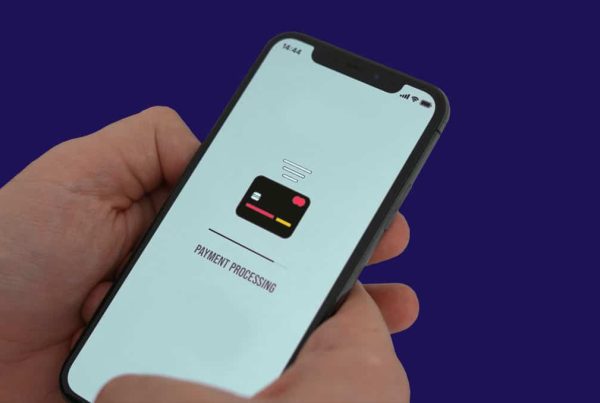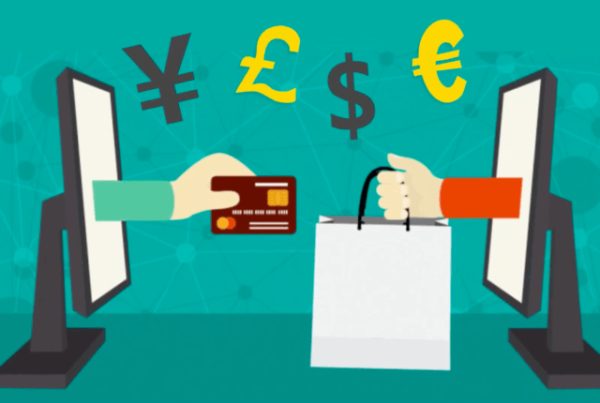When you swipe your card in a store or click “confirm” in an online checkout, you probably don’t spare a thought for how that payment is processed.
What happens to your card? How does the software process your information? How does your credit provider communicate with your bank, the merchant’s bank, and the payment network? And more importantly, how does all of this happen in the blink of an eye?
There’s a lot more to payment processor solutions than you thought. In this guide, we’ll address everything, including:
- The steps involved with credit card processing
- Why some merchants don’t accept American Express
- How payment gateways work
- What credit card processing fees are
- And more…
The credit card processing process
If you want to process payments online, you need to work with a payment processor like Pixxles. We can help with basic security & compliance and ensure that everything is seamless for the customer and the merchant, while also reducing the risk of fraud.
Our payment processing solution acts as a bridge between the consumer and the merchant, but they’re not the only ones involved and a single transaction can include the following:
- Merchant: The business selling the goods and taking the credit card information (either online or in-person).
- The cardholder: The individual who owns the card and uses it to make a payment.
- Merchant account: An intermediary bank account that holds credit card payments temporarily before sending them to the business’s bank account.
- Card issuing bank: The bank that issued the credit card to the customer.
- Card networks: The network that operates the virtual payment infrastructure needed to facilitate this process. The biggest networks in the UK are Visa, Mastercard, and American Express.
- Payment processor: A third party that communicates with all of the above to process the transaction and make all of this possible. This is a service offered by Pixxles. We are authorised by the Financial Conduct Authority (FCA) and use state-of-the-art technology to ensure the entire process is fast, secure, and beneficial for all parties.
A guide to credit card processing
From the customer’s perspective, the process of adding card details and confirming a payment is fast and effortless, but that’s all down to the efficiency of the payment processor.
There are several steps to credit card processing, all of which are geared toward facilitating a fast and secure transaction while confirming that the customer has access to the money they are spending, is authorised to spend it, and is the actual owner of the card.
The steps of credit card processing look a little something like this:
Step one: A customer enters their details
The process starts when the user enters their details online or swipes their card in person.
Payments can also be taken over the phone. For instance, Pixxles includes a Virtual Terminal that lets businesses enter a customer’s credit card details when they are there in person or communicating over the phone. It provides a similar level of protection accorded to online customers and is also very convenient.
Step two: A secure connection is made
The credit card processor connects via a secure payment gateway to receive the payment information. The processor checks the validity of this information and determines whether it is genuine or not.
This is an important step, as fraudulent transactions are rife in the e-commerce sector and processing these payments is detrimental to both the merchant and the genuine cardholder.
The credit card processor communicates with the issuing bank and sends a payment authorisation request. This request includes the necessary payment information including parameters like the expiration date and CVV code.
The communication occurs in real-time.
Step three: The payment is approved or rejected
The issuing bank approves or rejects the transaction and sends confirmation back down the line. Most payments are approved, but there are many reasons why they might be rejected, including insufficient funds/credit.
If the payment is approved, the transaction will be settled. At this point, the issuing bank is charged for the transaction amount and a hold is placed on the cardholder’s account for the same amount.
Step four: The order is complete
The merchant receives confirmation that the transaction was successful and they can hand over the goods or start preparing the customer’s order.
The customer will also receive a confirmation, such as a paper receipt or an email.
Step five: Payments are settled and balances are paid
For the merchant, credit card processing culminates with the settlement phase.
The merchant sends approved authorisations to the payment processor which then sends them to the card network. In turn, these authorisations are forwarded to the issuing bank which transfers the funds to the merchant’s bank.
This usually occurs within 48 hours. An interchange fee is deducted from the transaction amount. Also known as a “swipe fee”, it is a small percentage amount levied on most credit card transactions.
For the customer, the final step is to repay their credit card at the end of the month, lest they accumulate interest on the amount used.
How Pixxles can help with your credit card processing
Pixxles have perfected end-to-end payments. We are a leading credit card processing solution that caters to businesses of all sizes.
Our platform accepts payments in over 100 currencies to accommodate global e-commerce brands and all customers have access to our Virtual Terminal (for phone, mail, and in-person orders), an easy-to-use dashboard, simple integration, and features such as recurring payments, invoicing, and more.
Read our guide on Why Pixxles to learn more about the services that we provide.
Credit card processing FAQs
Are online credit card payments secure?
Yes, thanks to secure credit card processing solutions like Pixxles, online credit card payments are very safe.
Not only are the methods and systems very secure and designed to mitigate fraud risk, but credit cards also provide innate protections in the form of fraud liability. In the unlikely event that a card user is a victim of fraud, most or all of the lost funds are reimbursed. Credit cards also have a chargeback feature, allowing the user to claim their money back if they are scammed.
Why are some merchants hesitant to accept American Express?
We discussed interchange fees above. These fees are charged by the networks for processing credit card payments. The fees vary from network to network and American Express have some of the highest ones, eating into a merchant’s margins. That’s why many merchants refuse to accept American Express credit cards.
American Express justifies these higher fees by offering cardholders a number of rewards, including point-based programs and cashback programs.
Who pays the credit card processing fee?
The fees are paid by the merchant and not the consumer. In the past, some merchants passed these fees on to the consumer, but this practice was banned at the start of 2018.
How long does a credit card payment take to process?
Credit card payments are typically processed in just 24 to 48 hours. This is how long it should take for the payment to reflect on the customer’s statement/available balance and for the money to be made available to the merchant.








